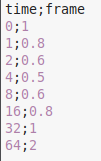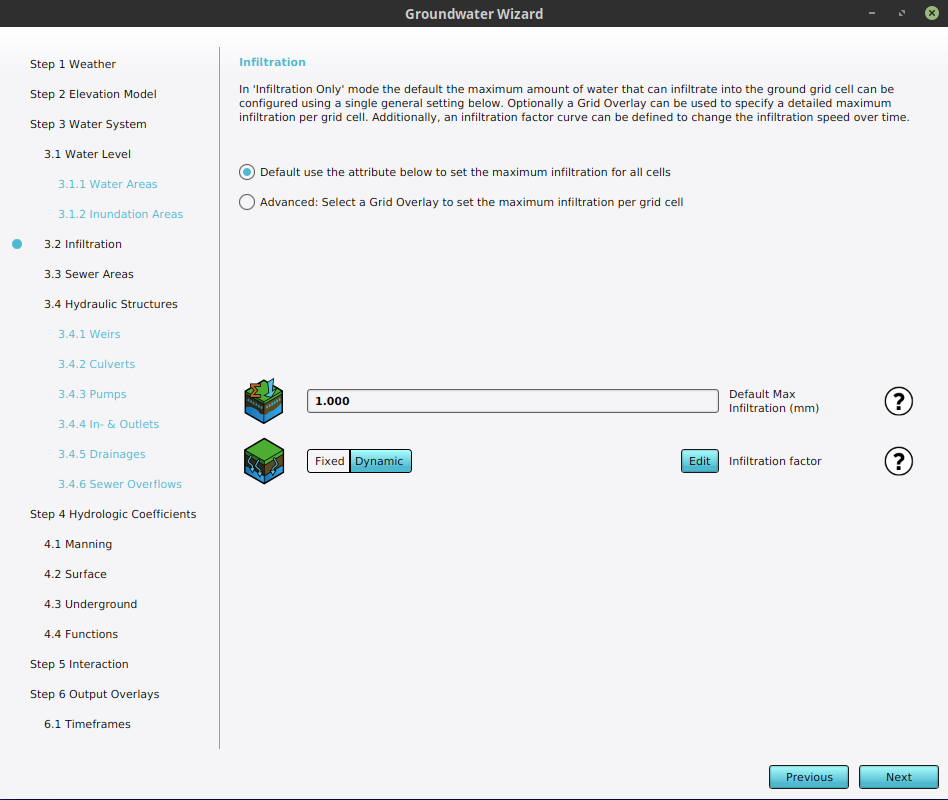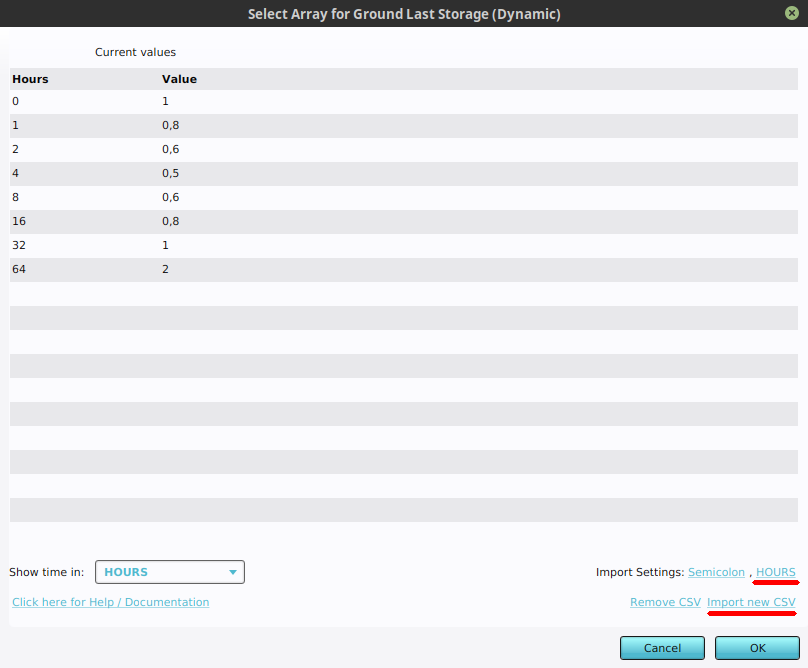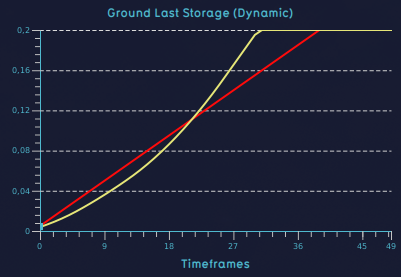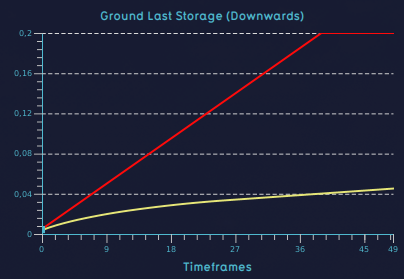How to configure a dynamic infiltration factor for a Water Overlay: Difference between revisions
Jump to navigation
Jump to search
No edit summary |
No edit summary |
||
| Line 26: | Line 26: | ||
|notes= | |notes= | ||
A dynamic infiltration factor can also be provided without a CSV. Therefore you can fill in the time and height values in the [[Infiltration factor s (Water Overlay)|INFILTRATION_FACTOR_S]] attribute of the [[Water Overlay]]. Note that the time values should be in seconds if you provide an array of values this way. | A dynamic infiltration factor can also be provided without a CSV. Therefore you can fill in the time and height values in the [[Infiltration factor s (Water Overlay)|INFILTRATION_FACTOR_S]] attribute of the [[Water Overlay]]. Note that the time values should be in seconds if you provide an array of values this way. | ||
| | |seealso= | ||
[[Infiltration_model_(Water_Overlay)]] | [[Infiltration_model_(Water_Overlay)]] | ||
}} | }} | ||
[[Category:How-to's]] | [[Category:How-to's]] | ||
Revision as of 13:59, 24 January 2023
By default, the amount of water that can infiltrate into the unsaturated zone is linear. This page describes how to configured a changing infiltration over time by configuring the infiltration factor s attribute of a Water Overlay.
Editor → Current Situation (Ribbon tab) → Overlays (Ribbon bar) → The Groundwater Overlay (Left panel) → Configuration Wizard (Right panel)
How to set a dynamic breach height for an existing breach.:
- Prepare a CSV file with the desired timing data for the infiltration factor s.
- Open the configuration wizard of the Groundwater Overlay and continue to the step concerning infiltration.
- Set the infiltration factor s' mode to dynamic, and select 'Select'. This will open the CSV importing tool.
- Select 'Import new CSV'
- In the lower right of the panel, adjust the import parameters of the csv you are about to select first. This is required to interpret the file correctly.
- Select the CSV file with the desired timing data.
- The imported values now appear in the CSV importing tool. Optionally change the used time metric and verify that the data is interpreted correctly.
- The CSV importing tool can now be closed.
- Continue with the configuration wizard of the Flooding Overlay.
Notes
A dynamic infiltration factor can also be provided without a CSV. Therefore you can fill in the time and height values in the INFILTRATION_FACTOR_S attribute of the Water Overlay. Note that the time values should be in seconds if you provide an array of values this way.
